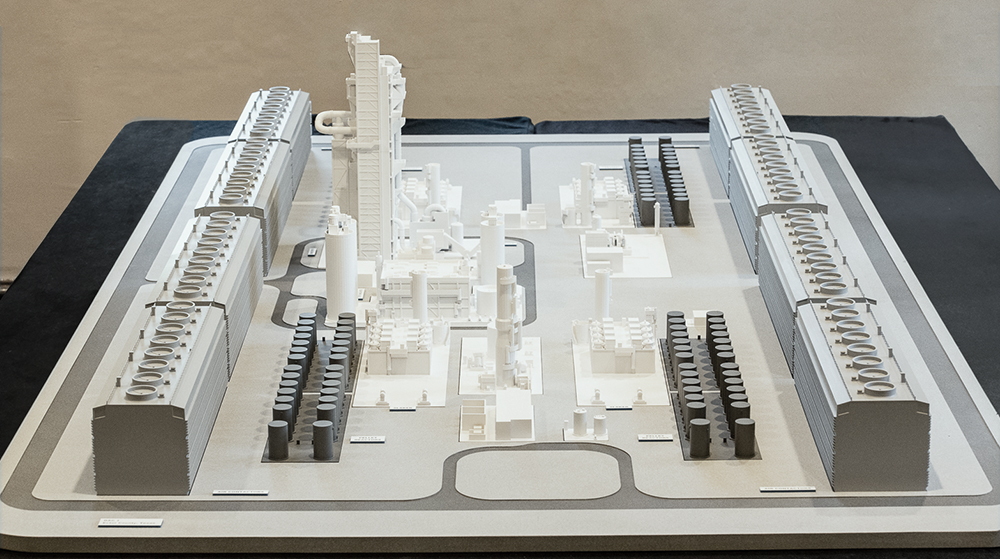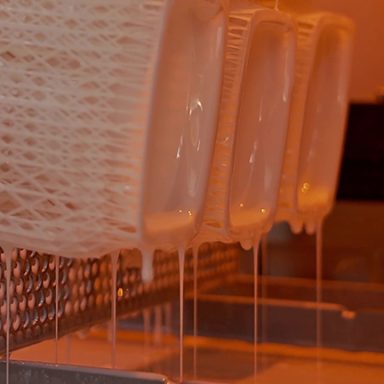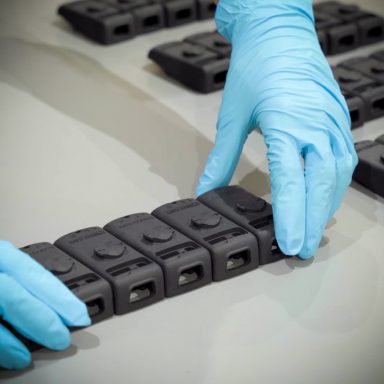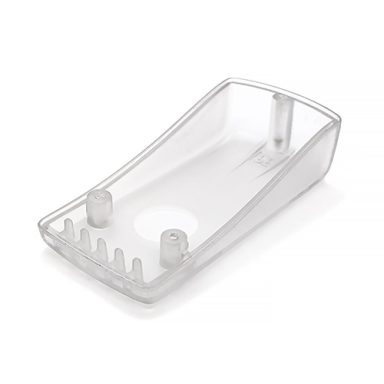Navigating SLA Resin 3D Printing: A Comprehensive Guide
May 7, 2024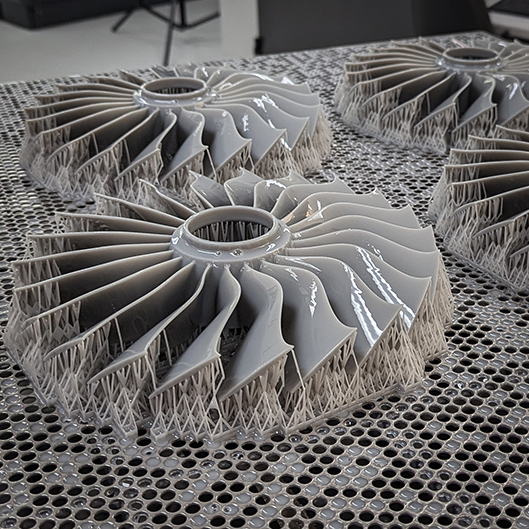
SLA resin 3D Printing, also known as Stereolithography, is a popular method of 3D Printing that involves the use of photopolymer resin to create high-quality, detailed parts. This technology has gained significant attention in recent years due to its ability to produce complex geometries and intricate designs with exceptional accuracy. SLA Resin Printing enables the production of prototypes, functional parts, and even finished products at a faster and more cost-effective rate compared to traditional manufacturing methods.
The process begins with a digital model that is sliced into thin layers, which are then sequentially cured by a UV laser. As each layer is cured, it solidifies and fuses with the previous layers, gradually building up the final part. This layer-by-layer approach allows for intricate details and complex geometries to be accurately reproduced, making SLA Resin Printing ideal for applications that require high levels of precision, such as medical devices and engineering components.
Advantages of SLA Resin 3D Printing:
- Cost Savings: By eliminating the need for expensive tooling or moulds, SLA Printing significantly reduces production costs, making it a cost-effective option for small-scale production runs or rapid prototyping projects.
- Time Efficiency: With no lengthy setup times required for tooling or moulds, SLA Printing helps reduce lead times, allowing for faster production turnaround and accelerated product development cycles.
- Design Flexibility: SLA Printing enables the creation of intricate and complex geometries that may be challenging or impossible to achieve with traditional manufacturing methods. This opens up new design possibilities and facilitates more innovative product development.
- Rapid Prototyping: The ability to quickly iterate and refine designs with SLA Printing enables rapid prototyping, allowing for faster validation of concepts and reducing time-to-market for new products.
- Reduced Material Waste: Unlike subtractive manufacturing methods such as CNC machining, which produce significant material waste, SLA Printing is an additive process that generates minimal waste, contributing to a more sustainable manufacturing approach.
- Customisation: SLA Printing allows for easy customisation of parts, making it ideal for producing personalised or bespoke products tailored to specific customer requirements. This flexibility enhances product differentiation and customer satisfaction.
Despite its numerous advantages, SLA Printing does have some limitations. One limitation is the size constraints imposed by the build platform of the printer. The size of the printed parts is limited by the dimensions of the printer’s build platform, which may restrict the production of large-scale objects. Furthermore, SLA Printing may not be suitable for applications that require high mechanical strength or heat resistance, as certain types of resins may have limited durability under certain conditions.
Formero has made significant investments in large-format, production-grade SLA printers, boasting build platform sizes of up to 750mm x 650mm x 550mm. This strategic investment places Formero at the forefront of SLA printing in Australia, offering greater capacity than any other provider of SLA parts in the region.
Ideal Applications for SLA Resin 3D Printing:
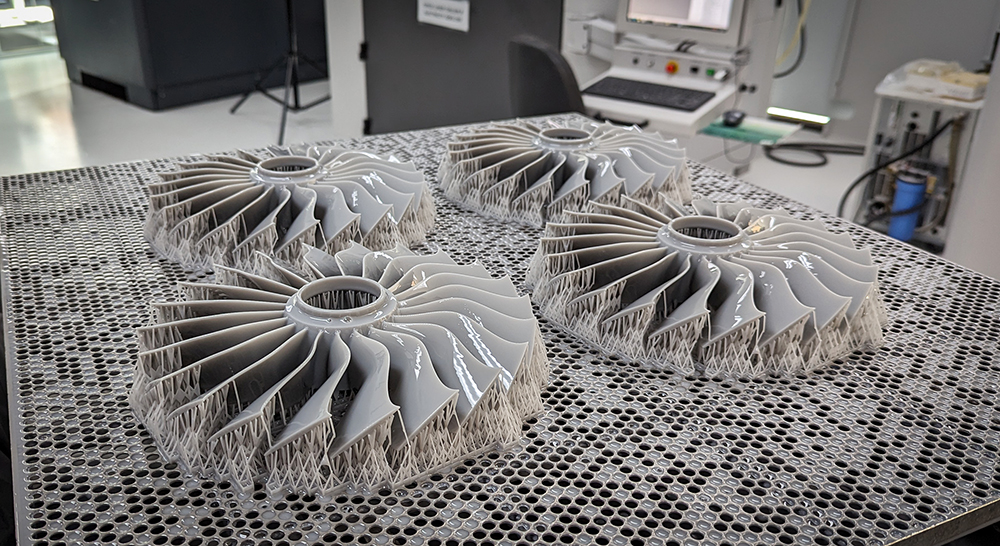
- Automotive: SLA printing is ideal for prototyping automotive components such as interior trim panels, dashboard assemblies, and light housings. Its ability to produce detailed and accurate parts allows for thorough testing and validation of design concepts before moving to mass production.
- Consumer Goods and Electronic Components: SLA printing is well-suited for producing consumer goods and electronic components with intricate features and precise dimensions. It enables the rapid iteration of designs and the production of functional prototypes for testing and evaluation.
- Snap Fit Assemblies: SLA printing is suitable for creating snap-fit assemblies, where precise tolerances and intricate geometries are required for a secure fit. Its high resolution and dimensional accuracy ensure that components fit together seamlessly, facilitating assembly and enhancing product performance.
- Product Design: SLA printing is indispensable in the product design process, allowing designers to quickly translate concepts into tangible prototypes. It enables iterative design changes and facilitates collaboration between design teams and stakeholders, leading to faster innovation cycles and improved product outcomes.
- Master Patterns for Silicone Moulding: SLA printing is commonly used to produce master patterns for silicone moulding processes. Its ability to replicate fine details and complex shapes accurately makes it an ideal choice for creating moulds for producing small to medium-sized batches of parts with consistency and precision.
- Concept and Marketing Models: SLA printing is instrumental in creating concept models and marketing prototypes that accurately represent product designs. Its high level of detail and surface finish quality make it well-suited for presentations, exhibitions, and marketing campaigns, helping to showcase products effectively and garner stakeholder buy-in.
QuickCast Investment Casting Services:
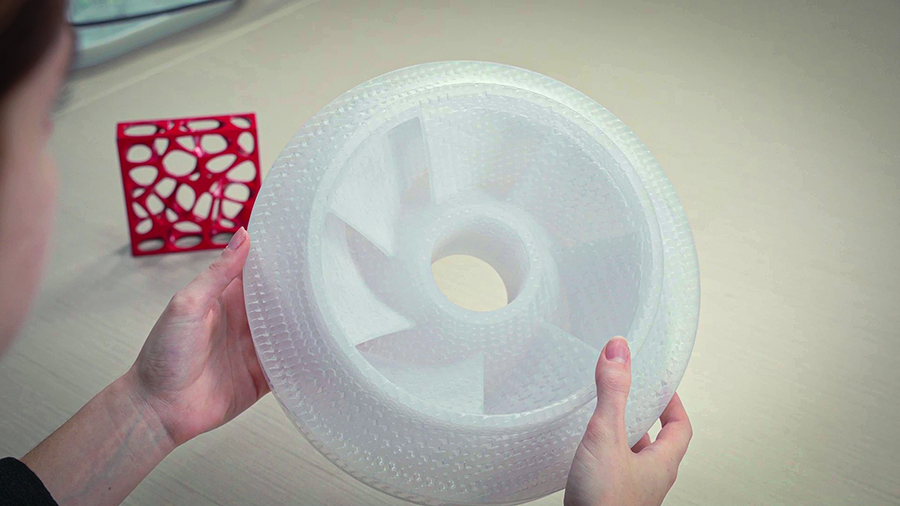
Complementing our SLA resin printing capabilities and partnering with local foundries, our QuickCast SLA printing service can expedite your Investment Casting metal production process. With QuickCast patterns, you can seamlessly transition SLA resin prints into high-quality metal parts using investment casting techniques. Whether you require small-scale production runs or custom metal components, QuickCast can offer a cost-effective and efficient solution.
Different from traditional wax patterns, QuickCast adopts a hollow SLA pattern with an internal hexagonal support structure, minimising material usage for burnout.
Investment casting, a millennia-old manufacturing method, still requires patterns as the foundational element for casting shapes. Traditional pattern tooling can be time-consuming and costly, stretching from weeks to months and racking up expenses ranging from tens to hundreds of thousands of dollars.
3D Printed QuickCast patterns present a tool-free, swift, dependable, and precise alternative to conventional methods, slashing pattern creation costs by up to 90% and reducing production time to one-tenth.
Conclusion
SLA Resin Printing stands as a remarkably versatile and precise 3D printing method that has transformed the manufacturing landscape. Its capability to render intricate details and complex geometries with unparalleled precision renders it ideal for a plethora of applications. With its cost efficiency and swift turnaround time, SLA Resin Printing has become an indispensable asset for prototyping, product development, and small-scale production. As technological advancements persist, we anticipate further enhancements in SLA Resin Printing, rendering it even more accessible and advantageous across diverse industries.
